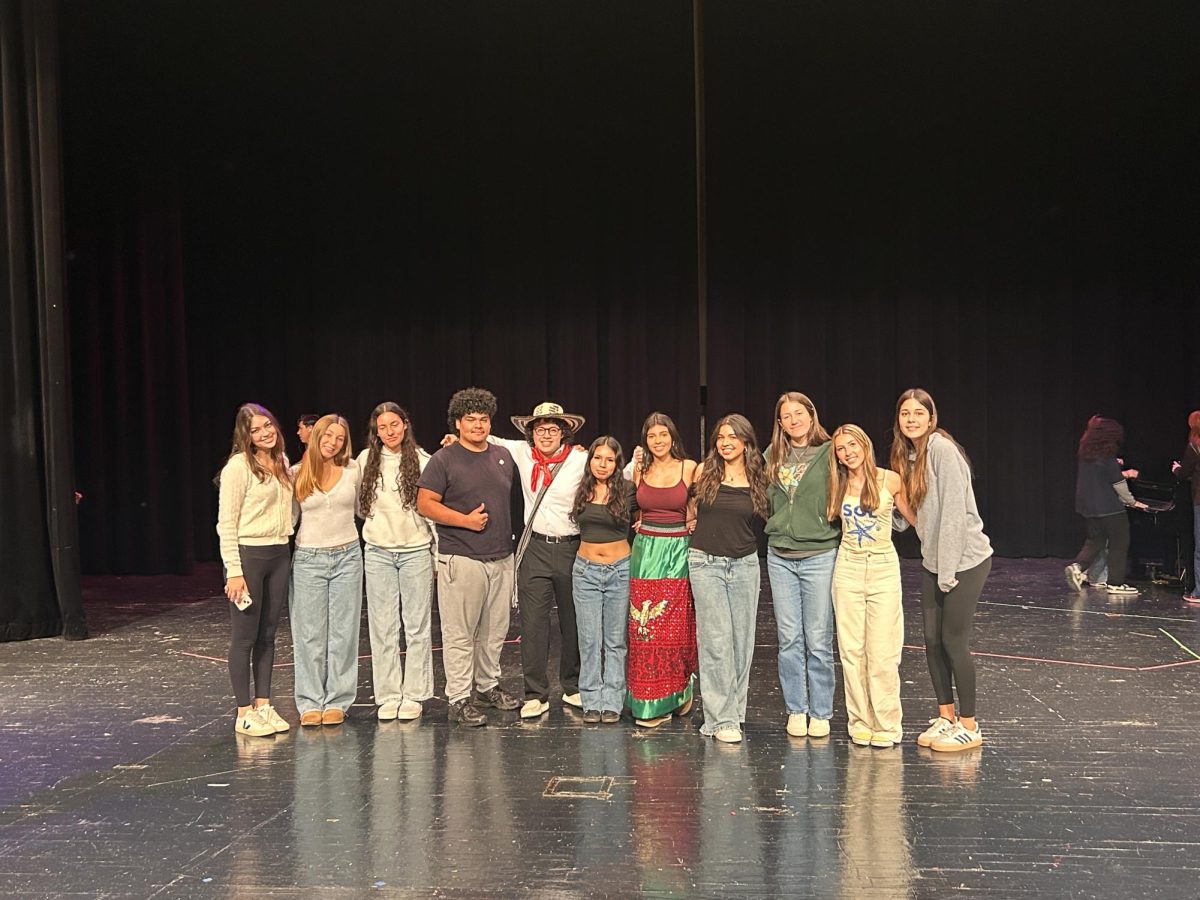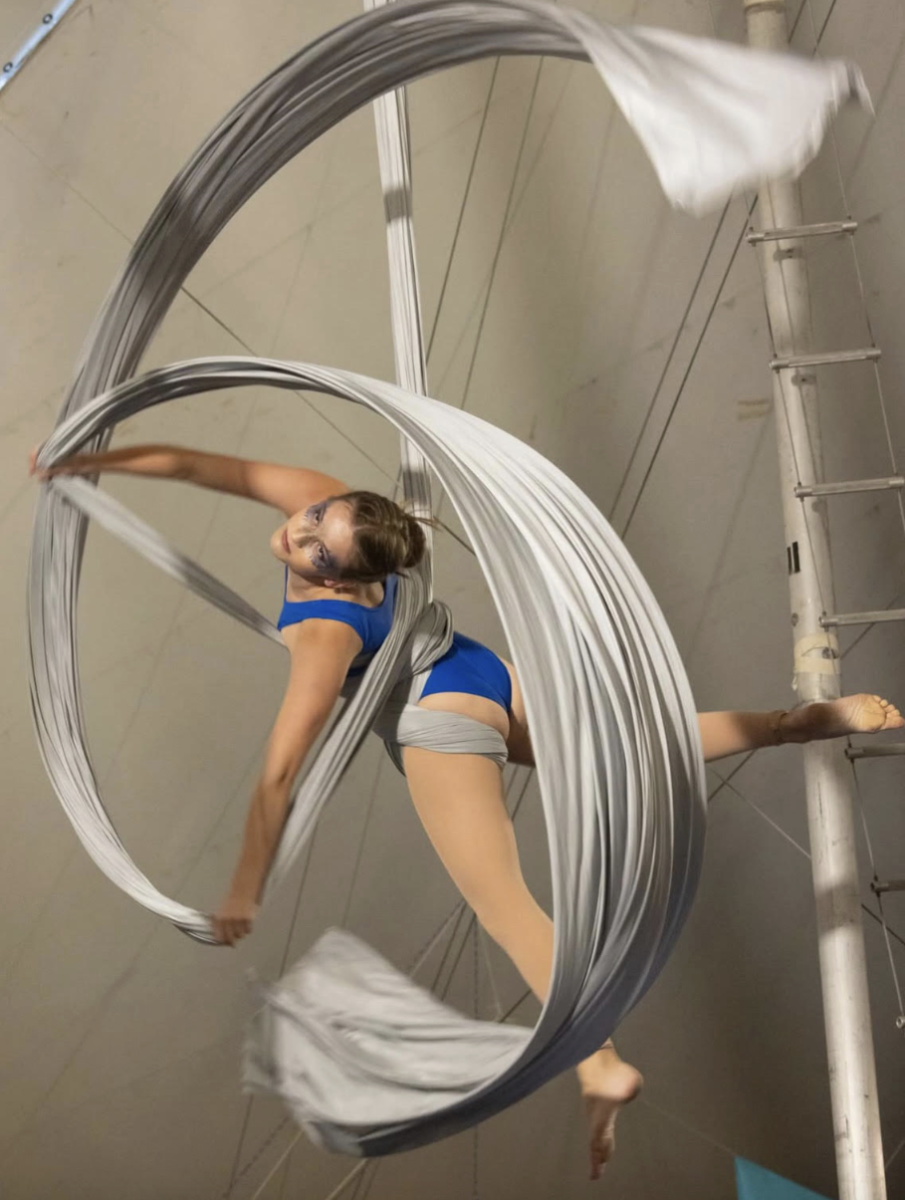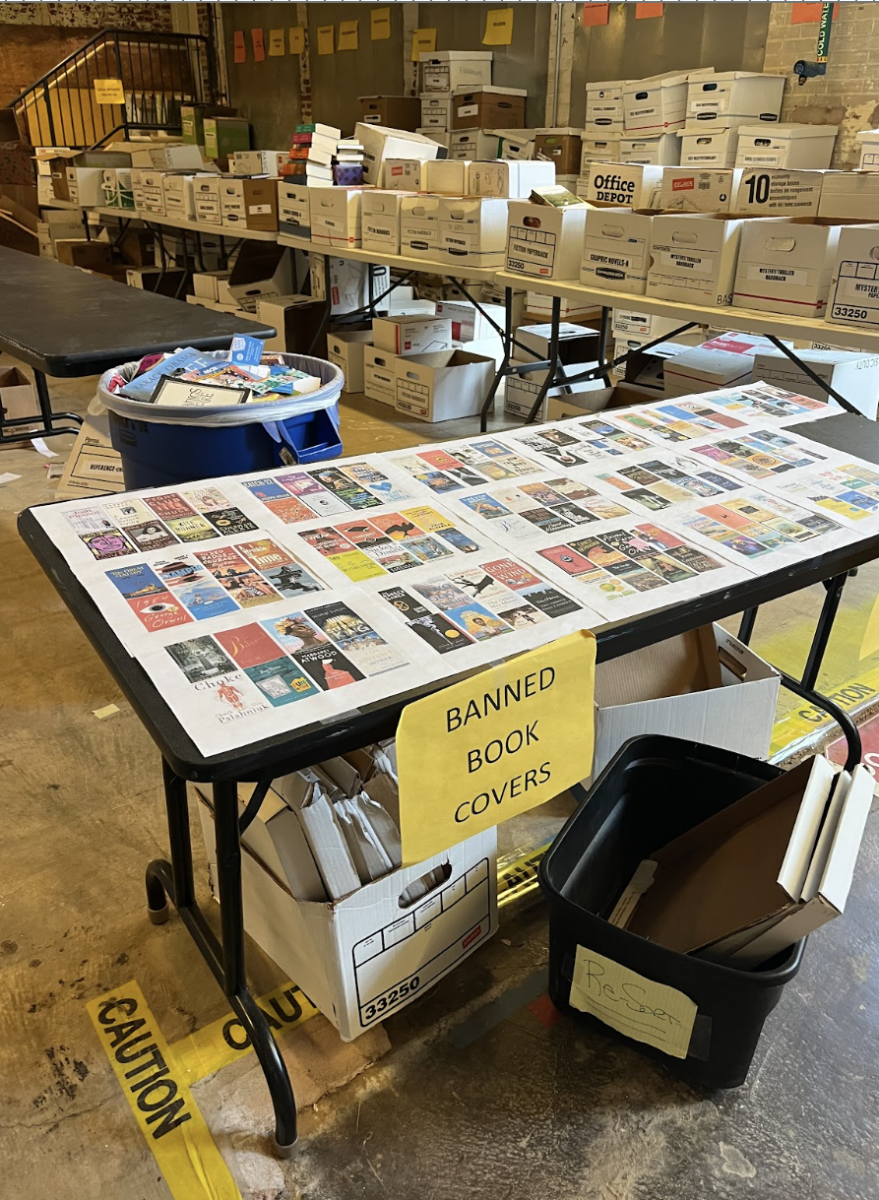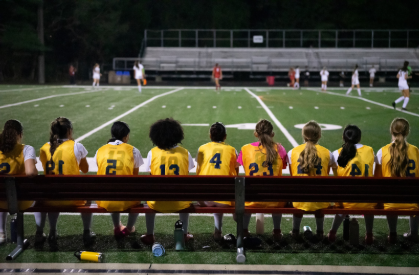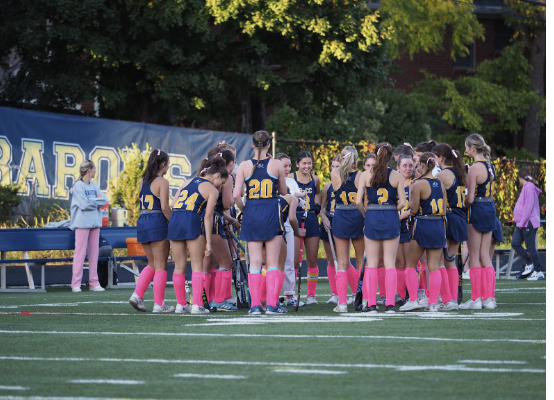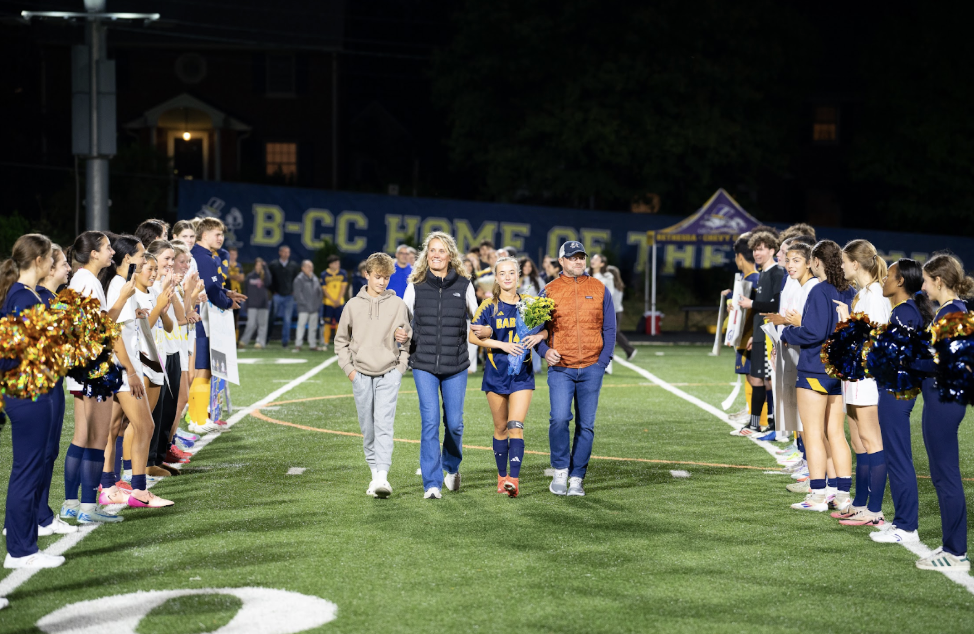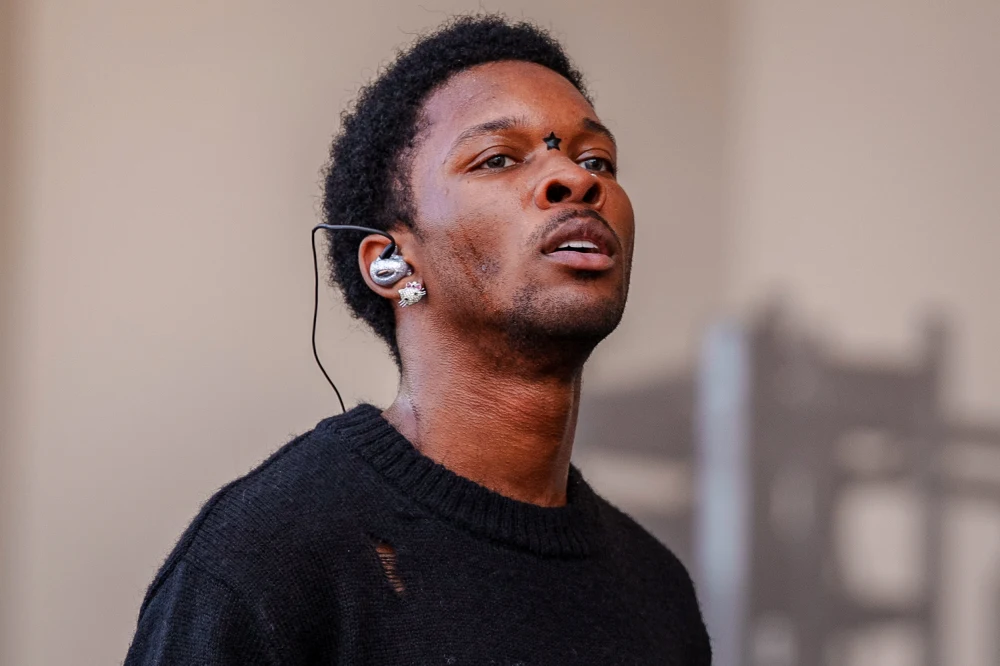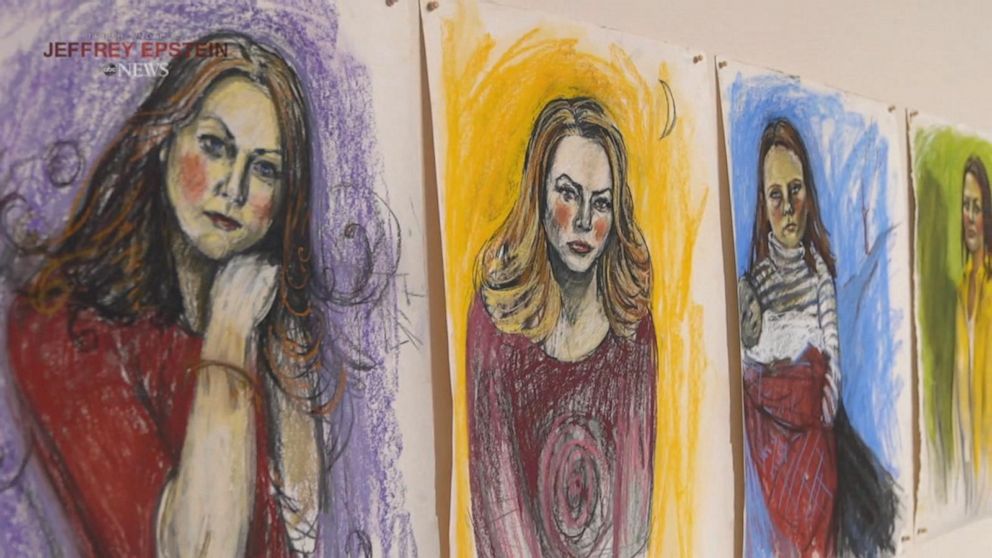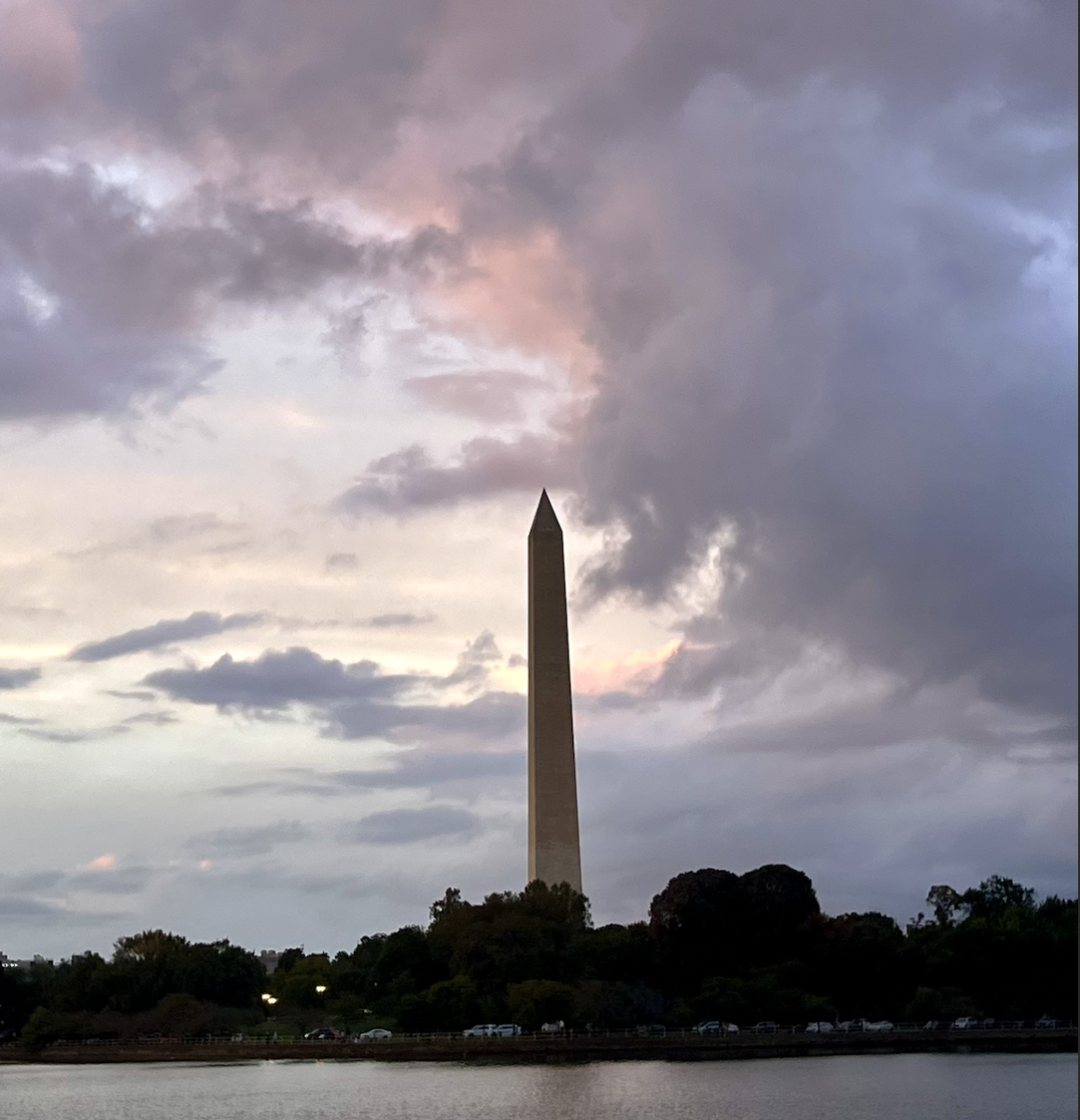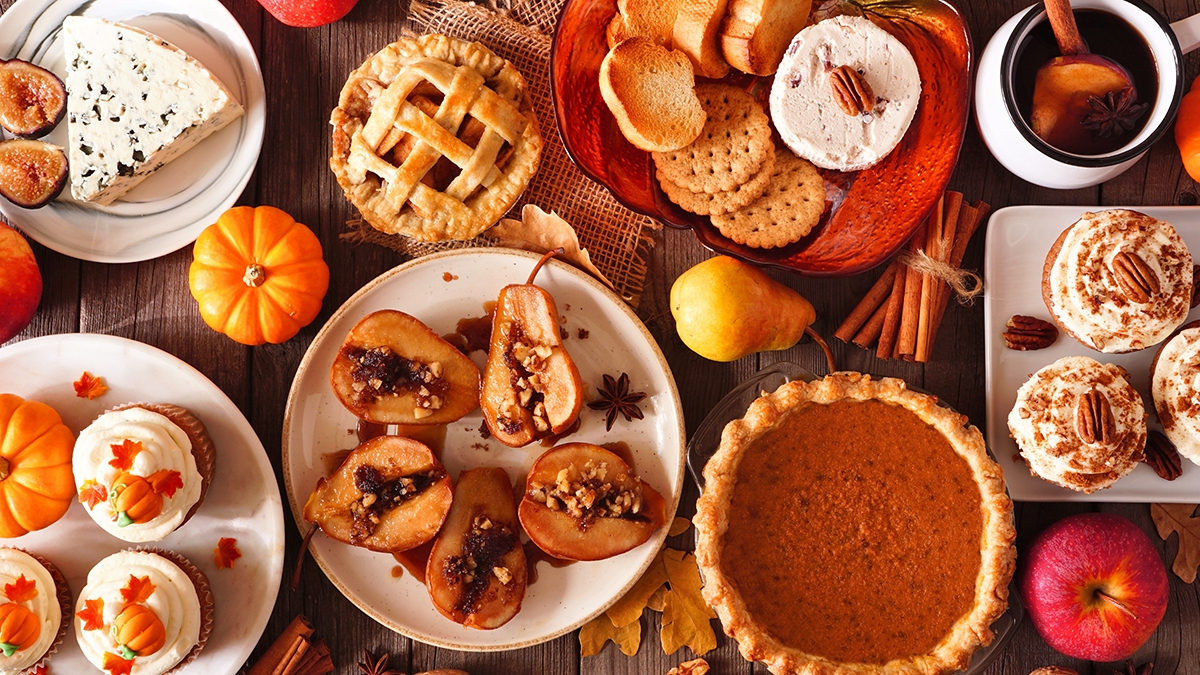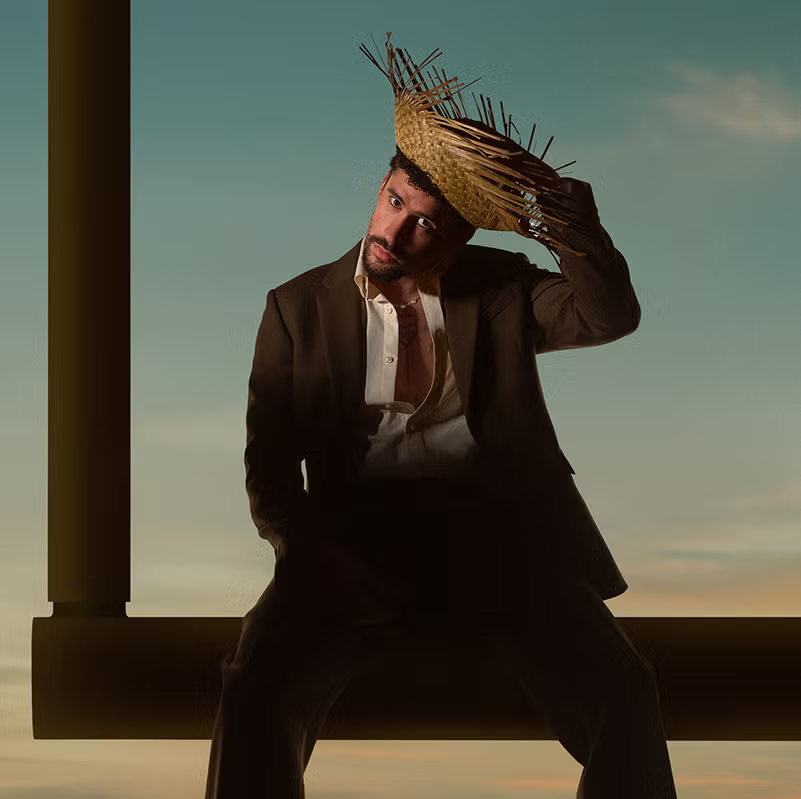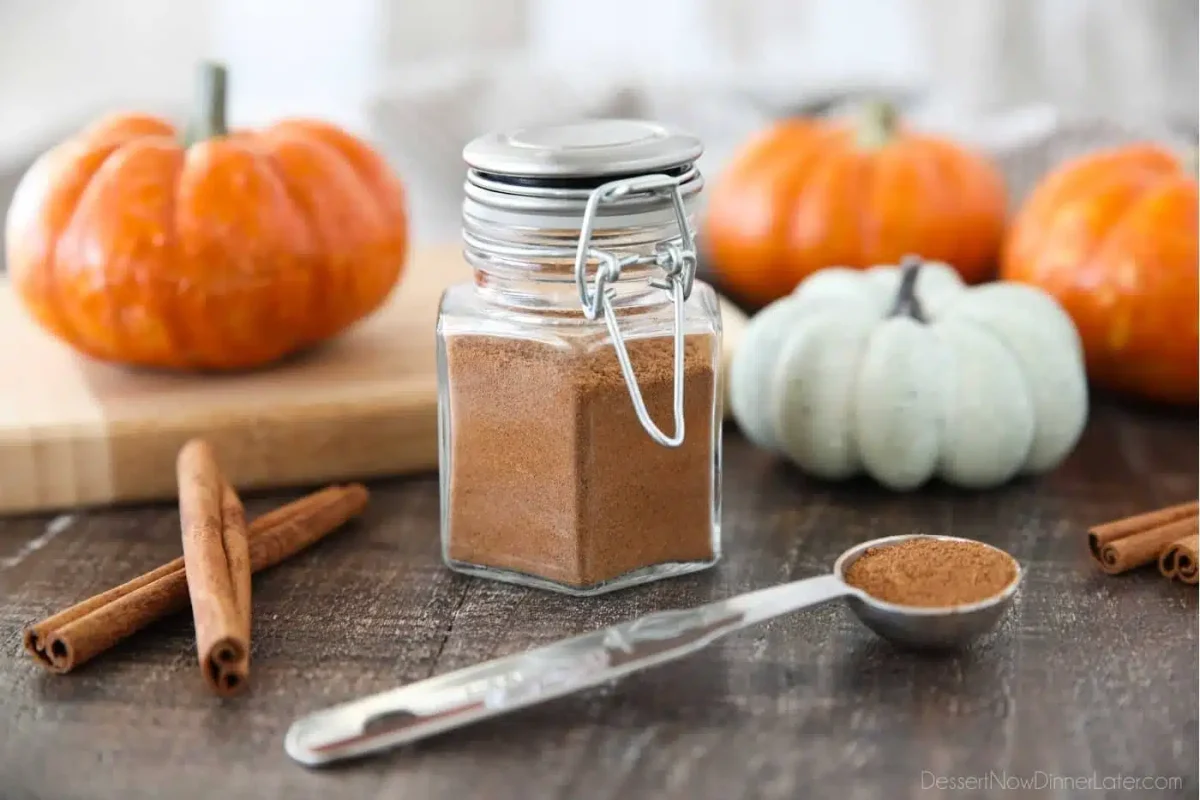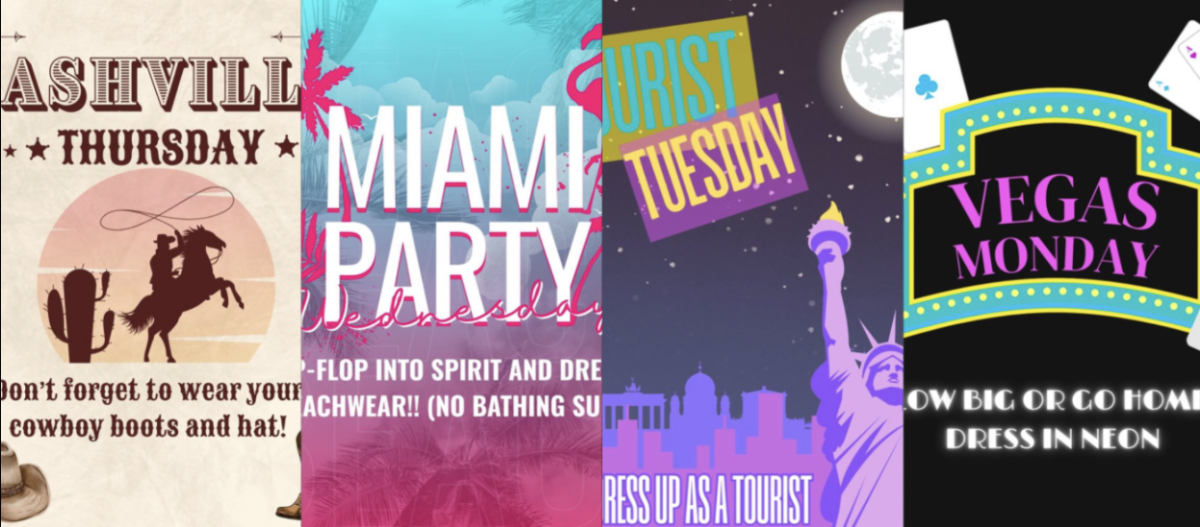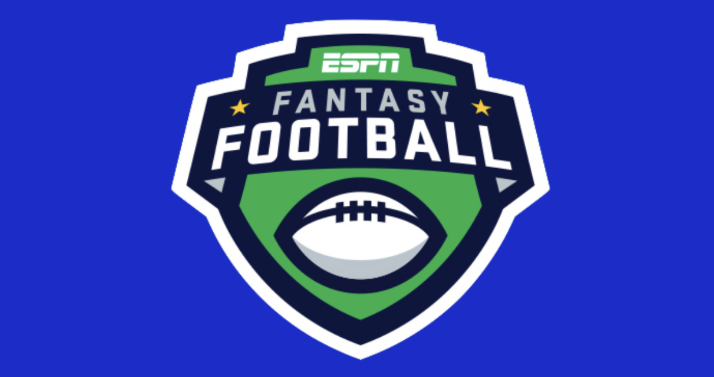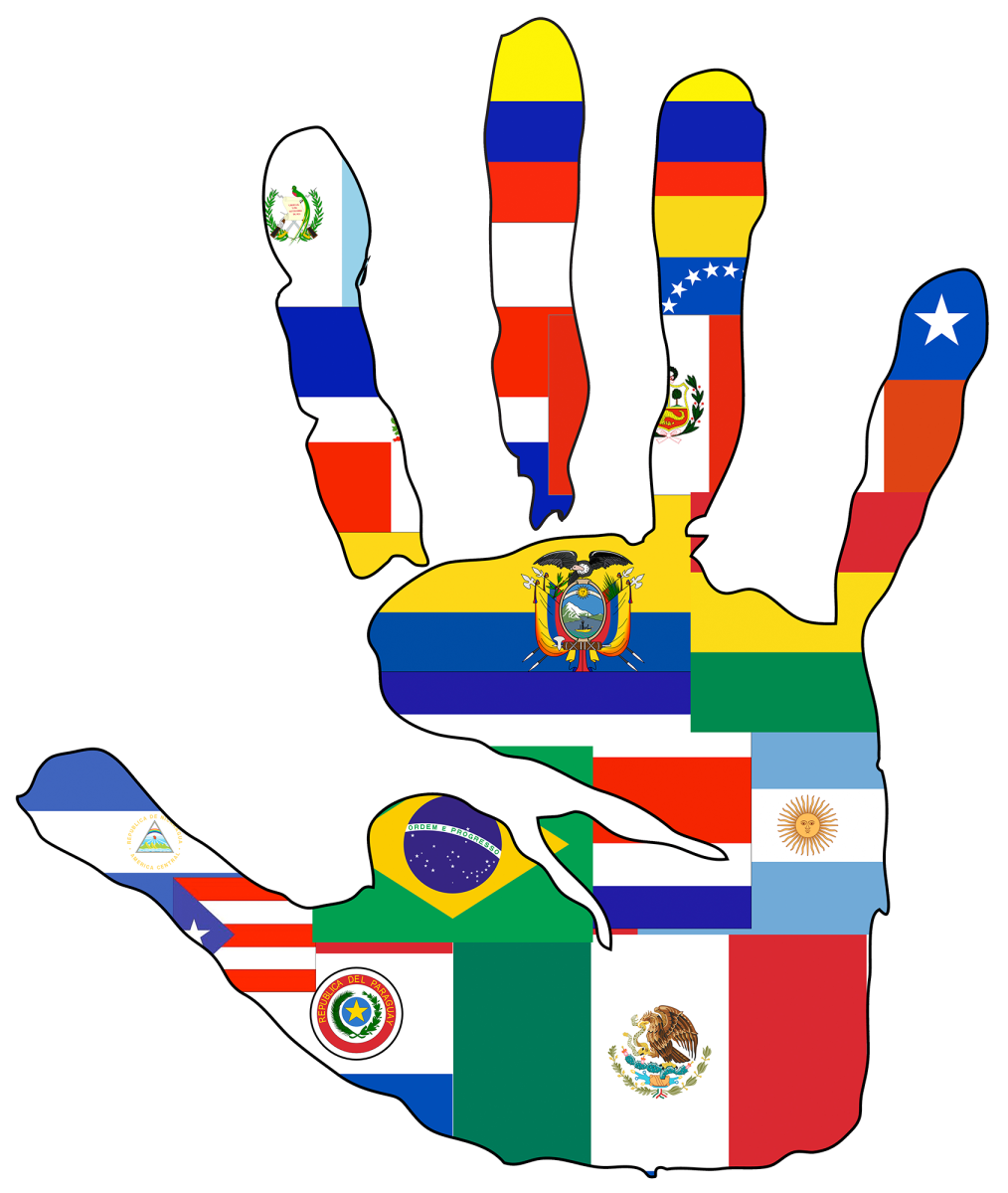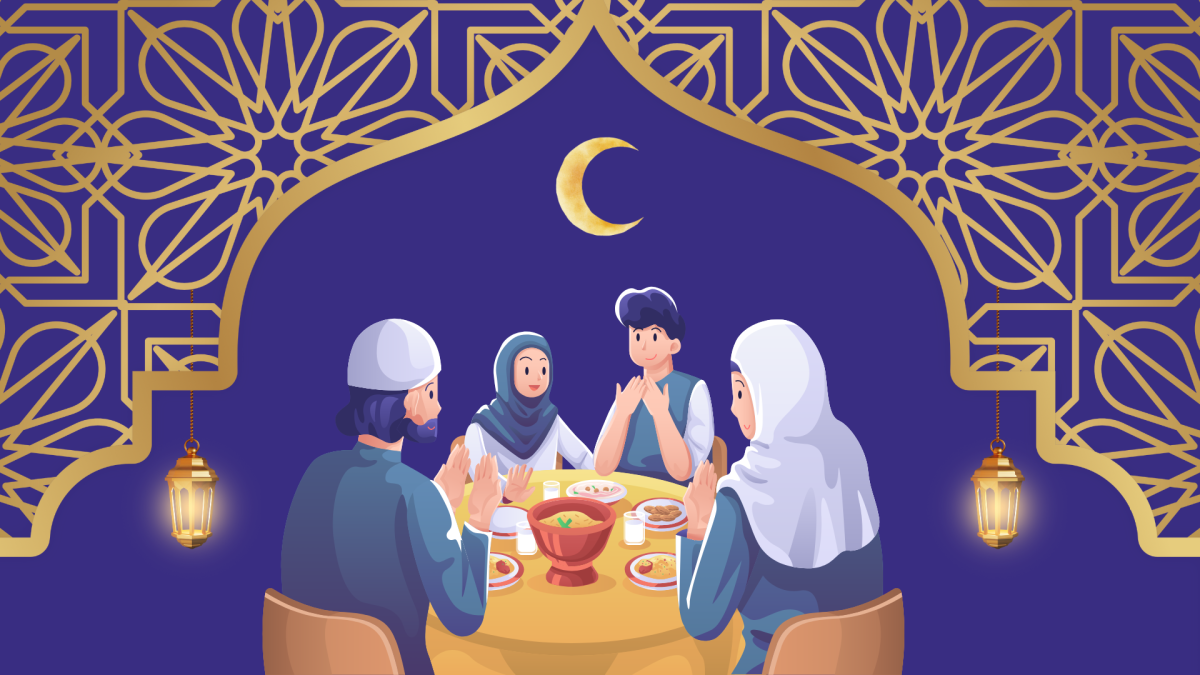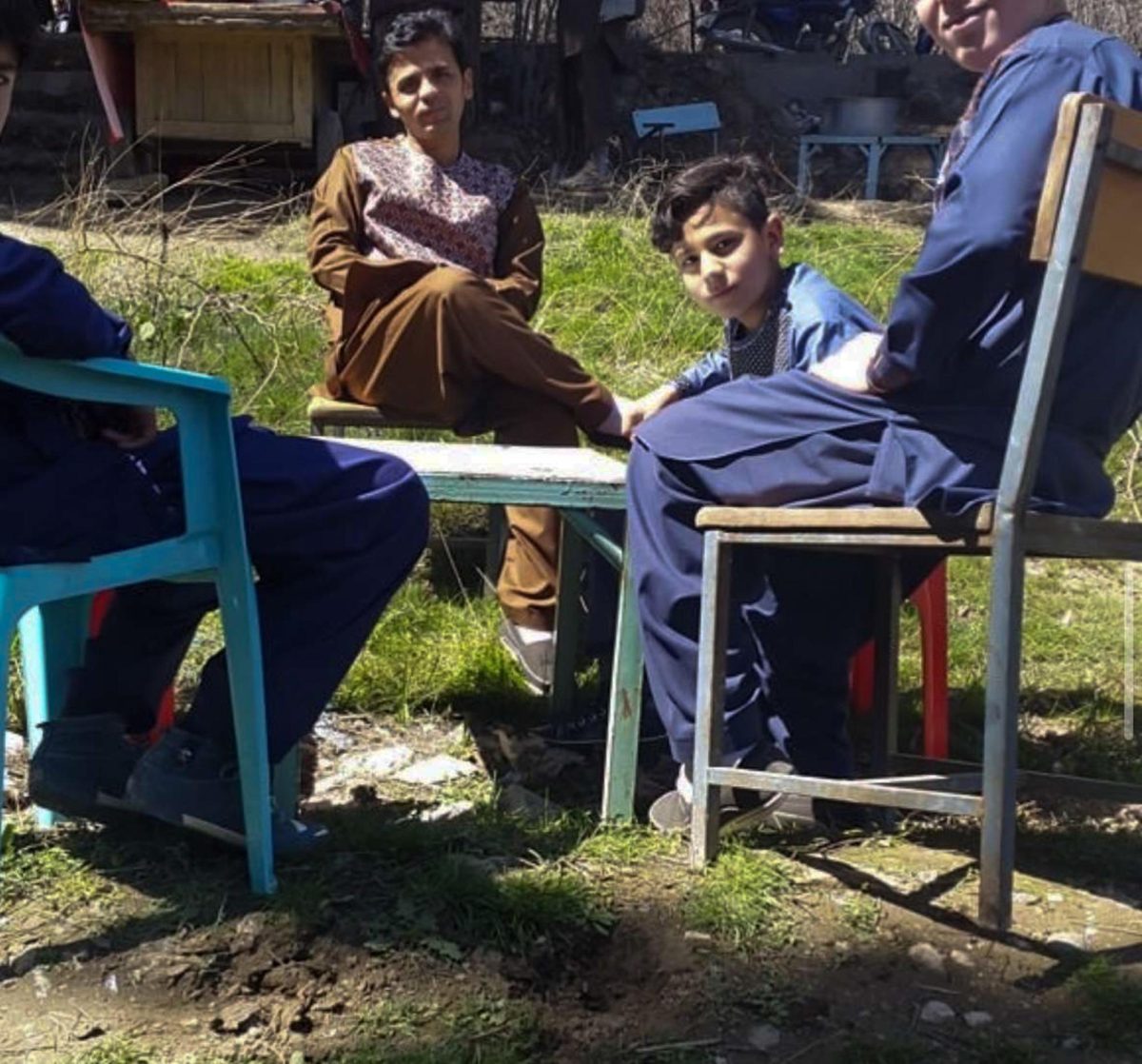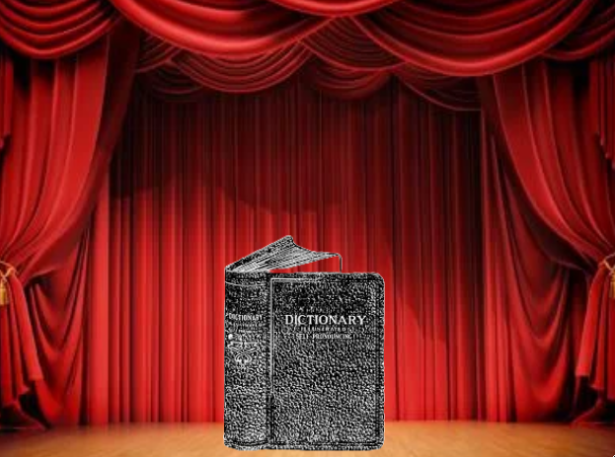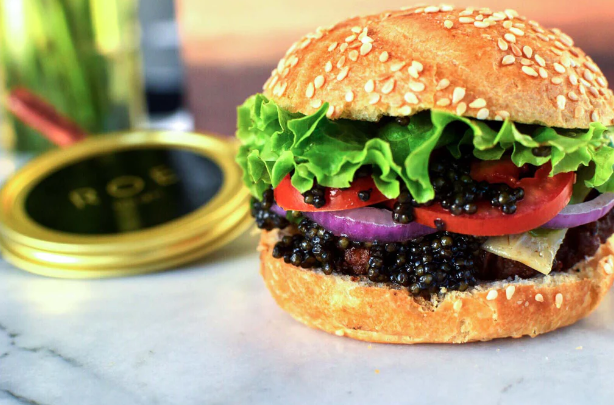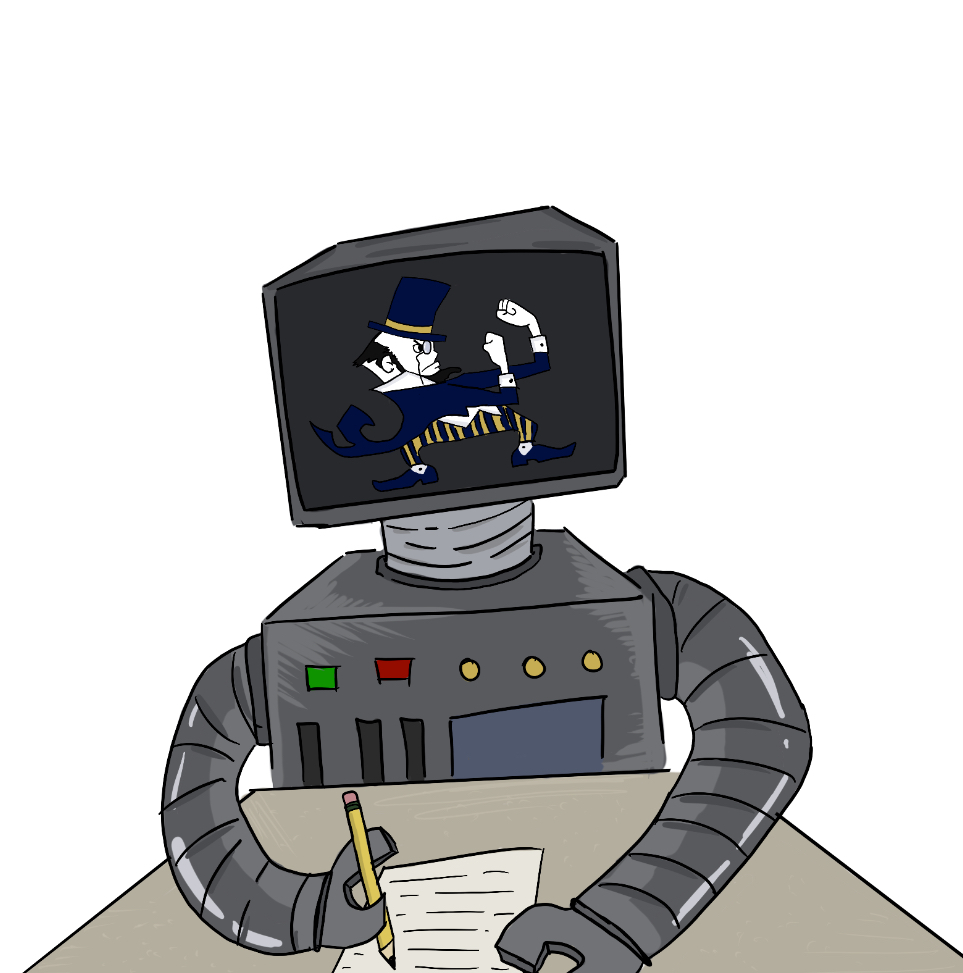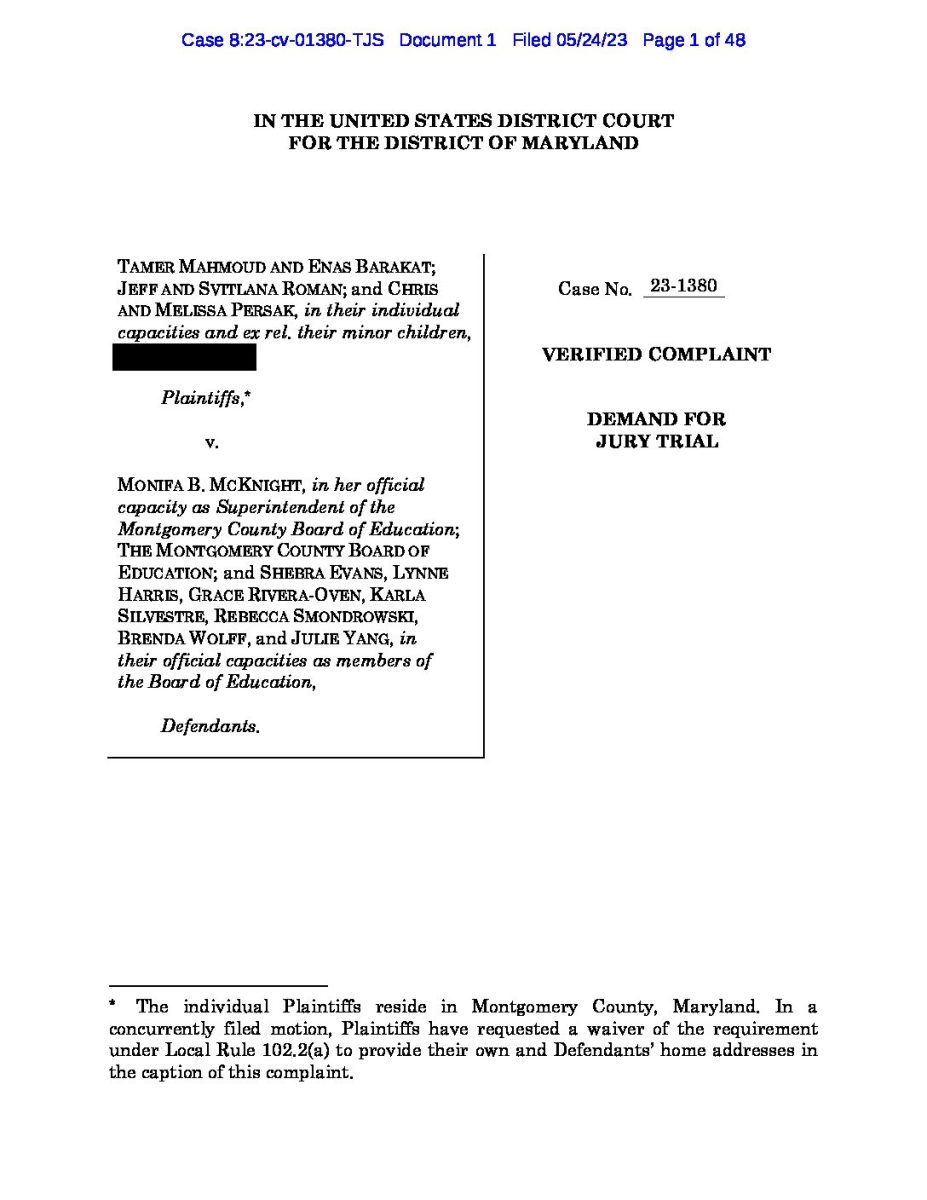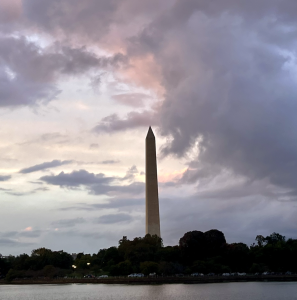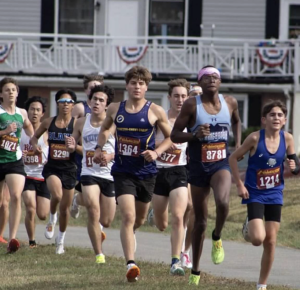Is “Daisy Jones and the Six” Worth a Watch?

Amazon Studios
May 26, 2023
With a Bezos budget and a range of talented actors and actresses, Daisy Jones & The Six was set to be the show of the year. Based on the hit Taylor Jenkins Reid novel, the series is a documentary-style story of the world-famous fictional band Daisy Jones & The Six. The show focuses on the bandmates as they recount their dramatic experiences with love, drugs, and betrayal while making an album in the late 1970s.
When the series came out, it hit the number one spot on Amazon’s top ten list in the United States, with a viewership score of 74.47 on the day it was released, according to Television Stats.
As fans watched, however, some noticed that the series fell flat. The first seven episodes released were easily forgettable as the pained story of an up-and-coming rock band turned into a surface-level soap opera. “I was underwhelmed with the characters and the music.” said senior Savannah Freeman when describing her feelings toward the series, adding, “A lot of things get lost in adaptations, but that was unacceptable.”
The once multidimensional story got watered down, leaving out essential backstories and glossing over character-building storylines, which ultimately felt rushed and unexplored. The firecracker Daisy Jones, portrayed by Riley Keough, and frontman Billy Dunne, played by Sam Claflin, lacked character depth, and such character shallowness made them almost unlikeable. The lack of build-up to their cumulative success as a band condensed other bandmates’ storylines and left them to bleed into the background.
On a positive note, the writers gave viewers a closer look into Simone Jackson’s storyline. In the novel, Simone seems to be only a counterpart to Daisy and labels her solely as the “best friend” character. The series’ new angle on Simone, portrayed beautifully by Nabiyah Be, added more depth to her character. Not only was she the voice of reason for Daisy (even going as far as calling her a “selfish b***h”), but she was a representation of the LGBT community at the time. The series showcased her struggle with coming to terms with her sexuality and music’s powerful impact on the community. It was an essential differentiation to the novel, making it easier to understand Simone as a person. If the same exploration had been made for the rest of the characters, the series would have left a much more memorable mark on its viewers.
Though the writers tried to keep the story focused on Daisy and Billy, the believability of their relationship isn’t that strong. There’s no denying that Claflin and Keough have chemistry, but it isn’t used well. Their relationship is unpredictable, yet not in the same way it works for them in the book. One second, they’re fighting, and the next, they’re laughing at crossword puzzles, discussing how they should be together. Their relationship isn’t stable in the novel, but there is at least some progression from explosive hatred for each other to being in love. Unfortunately, the dynamic in the show leads to Camila, previously seen as Billy’s unyielding wife, being reduced to a bystander in the cliche love triangle trope.
At the end of watching, I wasn’t upset that I took the time to watch it. The hour-long last episode was the strongest of the whole series, making a relatively positive previous impression, yet it was too late.

